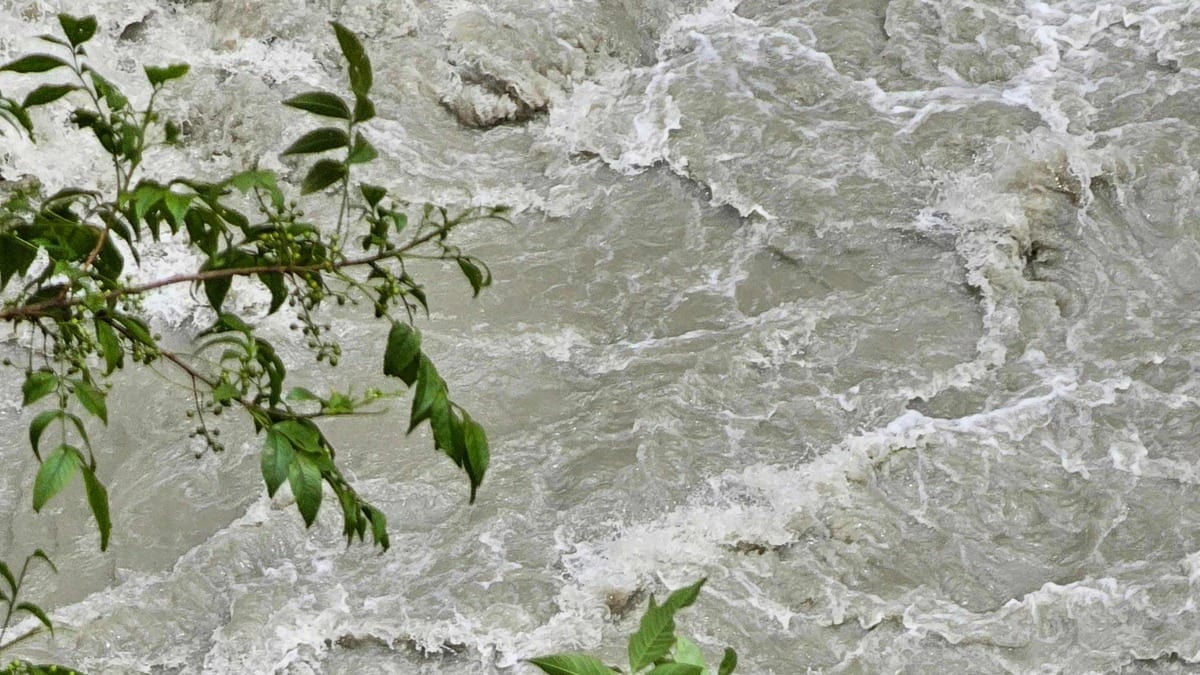
Global warming of more than 2 degrees could cause the largest ice cap in Antarctica to melt enough to raise sea levels by several metres, researchers have warned, who say the situation is still “in our hands”.
• Read also: Satellite records show that sea ice in Antarctica in July has never been this small before
• Read also: Forest fires: destroyed more than 2,000 hectares in a natural site in Brittany, France
The 2015 Paris Climate Agreement, adopted at COP21, aims to limit global warming to +1.5°C compared to the pre-industrial era. However, according to the World Meteorological Organization, the planet is heading for a warming of 2.5 to 3 degrees.
If warming continues to increase beyond 2°C, the East Antarctic ice sheet could contribute to sea levels rise by several meters in just a few centuries, according to a study by the UK’s University of Durham, published on Wednesday.
Staying below this cape would allow this ice sheet to contribute less than half a meter to sea level rise by 2500, note the authors, including scientists from the United Kingdom, Australia and France.
“One of the key findings from our analysis is that the fate of the East Antarctic ice sheet remains largely in our hands,” said lead author of the study, Professor Chris Stokes, from Durham University’s Department of Geography.
“This ice sheet is the largest on the planet, containing the equivalent of 52 meters of sea level, and it’s really important not to wake this sleeping giant,” he added.
The researchers, whose findings are published in the journal Nature, studied how the ice sheet responded to recent warm spells and examined where these changes are currently occurring.
They also analyzed computer simulations to examine the effects of different levels of greenhouse gas emissions and temperatures on the ice sheet by 2100, 2300 and 2500.
“The main lesson from the past is that the East Antarctic ice sheet is very sensitive to even relatively modest warming scenarios. It is not as stable and protected as we once thought,” said Nereli Abram, a professor at the Australian National University in Canberra.
She stressed that there is now “a very small chance of rapidly reducing greenhouse gas emissions, limiting global warming and preserving the East Antarctic ice sheet.”
Sea ice in Antarctica last month reached the smallest extent recorded in July in 44 years of satellite records, according to Europe’s climate change service Copernicus.






